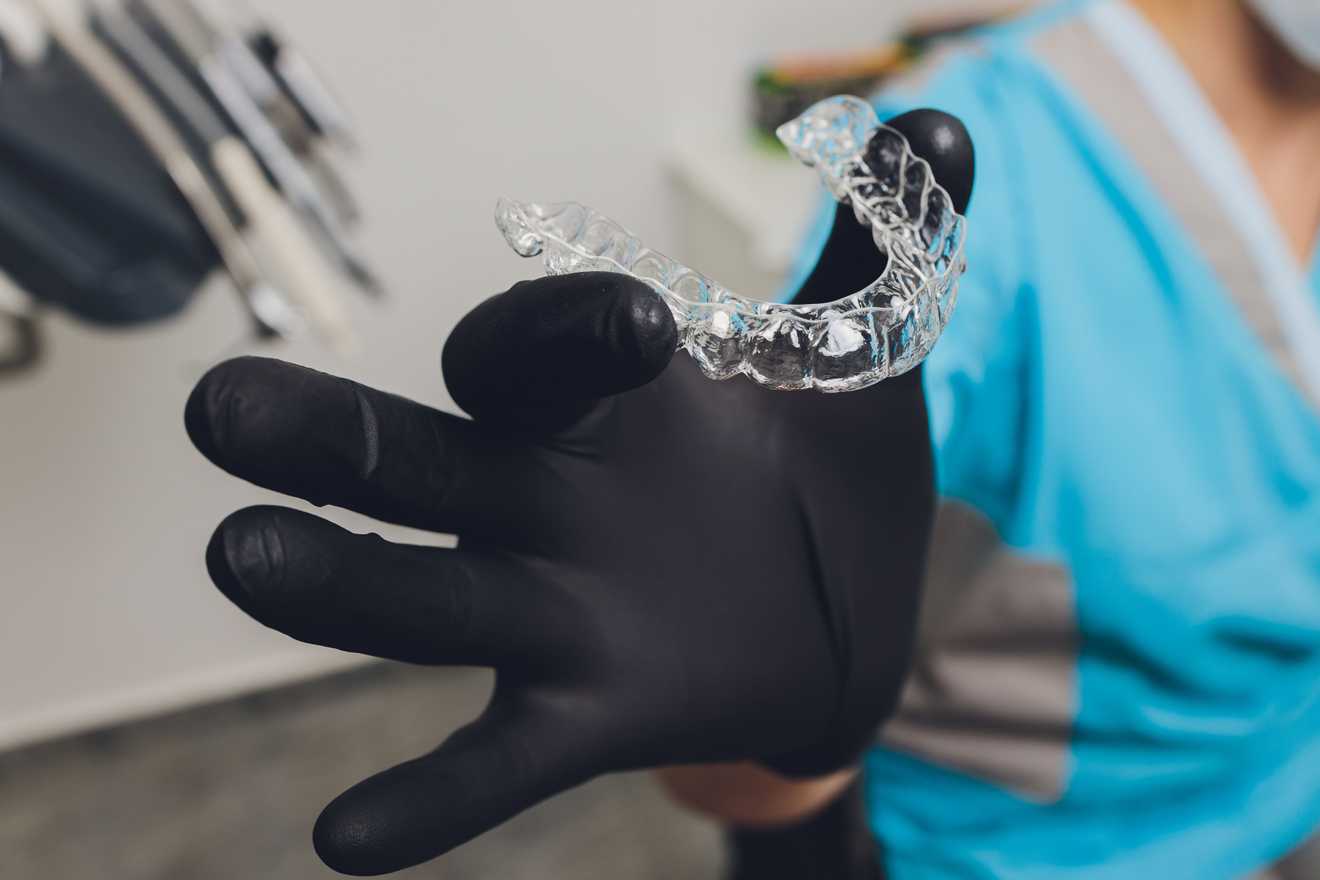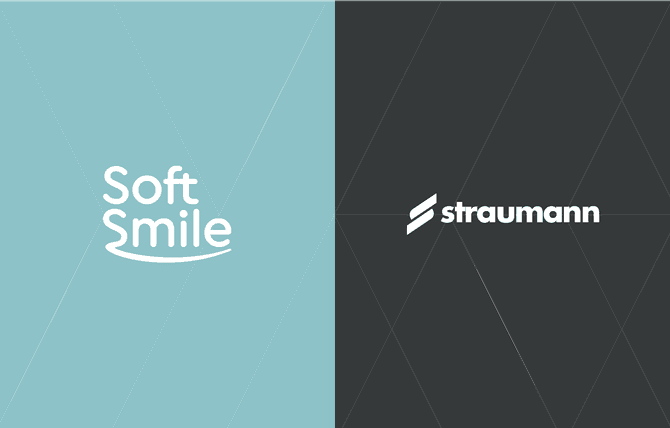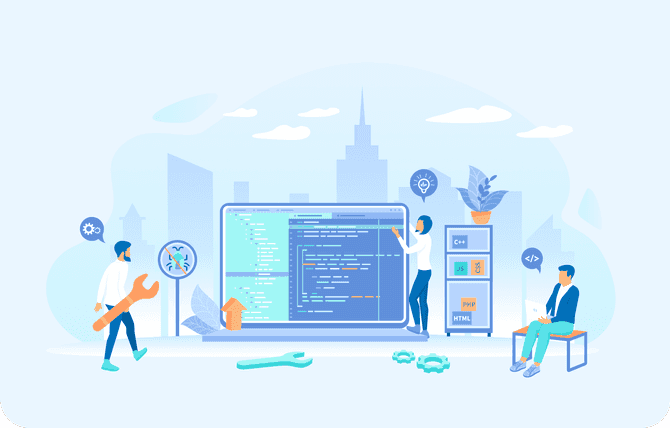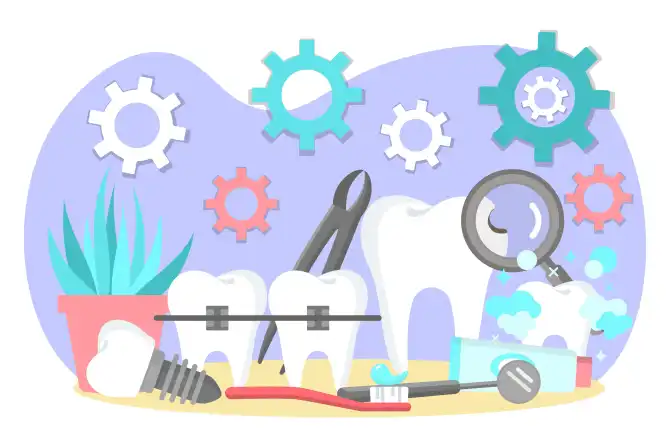
Increase Efficiency and Cost Savings with In-Office Aligner Production
by SoftSmile Team in Sep 01 2024
Increase Efficiency and Cost Savings with In-Office Aligner Production
A new business model for clear aligner treatment is emerging in the orthodontic industry. Practitioners are bringing clear aligner treatment planning and production entirely or partially in-house. Orthodontists can increase efficiency and cost savings with in-office aligner production and their patients will receive custom aligner treatments with shorter wait times and fewer refinements.
The Case for In-House Aligner Workflows
In-house aligner workflows are more efficient and cost-effective than the traditional methods of middlemen. Orthodontists and their staff will maintain control over the treatment planning and production process and will no longer be forced to pay pricey lab fees that are passed on to patients. Lower prices for patients can translate into higher treatment acceptance rates and more referrals, which creates more revenue overall.
In-house aligner printing improves the patient experience. Orthodontists can create treatments tailored to each patient’s needs with speed, precision, and comfort. Patients typically wait weeks to begin their treatment with the lengthy process of taking molds, refining treatment plans with aligner manufacturers and so on. Printing aligners directly in the office reduces patient wait time to a few hours or days.
Utilizing in-house aligner production can improve the patient experience and grow a practice with higher case acceptances and referrals.
What to Consider Before Implementing
In-house aligner workflows can greatly decrease the operating costs of a practice that typically eats into revenue. Establishing the infrastructure of in-office aligner production requires significant upfront investment in time and resources to be successful. These initial costs are one-time investments that will certainly pay off in the long run with the numerous benefits of in-house production.
Practices can also opt to utilize a hybrid approach initially before committing to a fully in-house workflow. Practitioners can manufacture the first few aligners in-house and then outsource the rest of the aligners. Printing in-house can reduce turnaround times to hours or a few days rather than multiple weeks. This way patients can get started with their treatment as soon as possible.
Employing a hybrid approach may also avoid significantly increasing practice workloads and stretching the bandwidth of staff. Implementing in-office aligner production will require dedicating time and resources, but utilizing advanced technology will eventually streamline the entire process.
What Does an In-House Aligner Workflow Look Like?
A comprehensive in-house workflow will accommodate the following steps of the treatment processing:
- Intraoral scanning
- Treatment planning using AI-powered software such as VISION
- Exporting a complete case setup
- 3D printing aligners
- Thermoforming and trimming of aligners
- Packaging and delivery of aligners
In-office aligner production requires the use of an intraoral scanning system such as Medit, as well as 3D printers and technology for thermoforming and trimming like the Laser Aligner Cutter (LAC).
A Unique Solution for In-House Workflows
SoftSmile has developed Dr. Vision as a unique solution for in-office aligner production and solo practitioners. A treatment planning solution such as Dr. Vision streamlines the process of implementing in-office aligner production. Dr. Vision seamlessly integrates with Medit, an intraoral scanning system, most 3D printers, and the LAC. The various artificial intelligence and machine learning features and functionalities built into Dr. Vision will automate many of the most tedious tasks of the clear aligner treatment planning workflow.
Dr. Vision includes access to SoftSmile’s case management tools, the VISION Portal, and WebViewer. The Portal enables practitioners to manage patient cases and their workflow seamlessly while the WebViewer opens avenues for collaboration and cooperation between doctors, their staff, and patients.
Takeaway
Improved access to advanced technology such as digital treatment planning software, intraoral scanners, and 3D printers has made it more cost-effective and feasible to lay the groundwork for in-office aligner production to transform how orthodontists provide clear aligner treatment to patients.
Doctors and their patients share the time and cost savings of in-house aligner workflows. Most importantly, patients receive high-quality aligner treatment without long waiting times, additional fees, and sub-par results.



